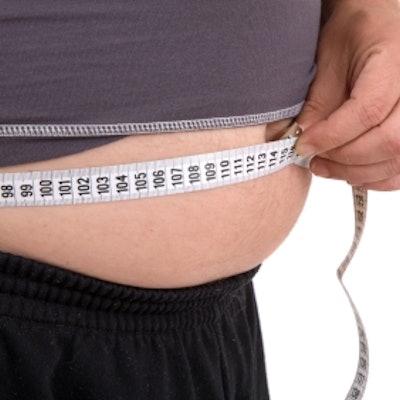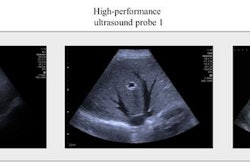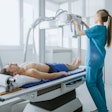
A dual-energy x-ray absorptiometry (DEXA) study in obese patients with obstructive sleep apnea has revealed that men may respond more than women to fasting, according to a study published July 22 in Clinical Nutrition.
A group led by Kaitlin Day, PhD, of the University of Melbourne in Australia, performed DEXA scans in obese patients with obstructive sleep apnea before and after they underwent a six-month fasting intervention and found that average fat mass changed and visceral adipose tissue decreased in men only.
"Females may exhibit different OSA pathophysiology and may require different treatment approaches," the group wrote.
Approximately one billion adults worldwide now live with obstructive sleep apnea, which causes frequent upper airway collapse and leads to fragmented sleep, intermittent hypoxic episodes, and excessive daytime sleepiness. Obese people are at higher risk for the condition, with males 1.5 times more likely to be at risk than females, according to the authors.
Regional body composition changes that occur with weight loss interventions in obese patients with moderate to severe cases of sleep apnea have been rarely investigated, they added.
To that end, the researchers analyzed data from 47 obese patients (mean body mass index [BMI] 34.1 kg/m2) who were newly diagnosed with sleep apnea and who participated in a six-month weight loss program. DEXA was used to measure regional body composition immediately before starting and after completing the intervention.
According to the findings, average fat mass changed by -5.27 kg and visceral adipose tissue by -0.63 kg in males only, according to the results. Conversely, women (n = 12) had significant decreases in waist circumference (mean -3.36 cm), android lean (-0.12 kg) and android total mass (-0.28 kg) only.
In addition, regional body composition changes in males were positively associated with improvements in obstructive sleep apnea severity (p < 0.01) but not symptoms, the researchers reported.
"The small number of females in the study appear to respond differently to the lifestyle intervention with only waist circumference, android lean, and fat mass significantly reduced, but not their overall weight," the authors wrote.
Ultimately, females may exhibit different pathophysiology arising in obstructive sleep apnea and therefore may require different treatment approaches, including types of dietary interventions, the authors suggested.
"A larger study with more female participants would be needed to confirm this," the group concluded.
The full study can be found here.




















